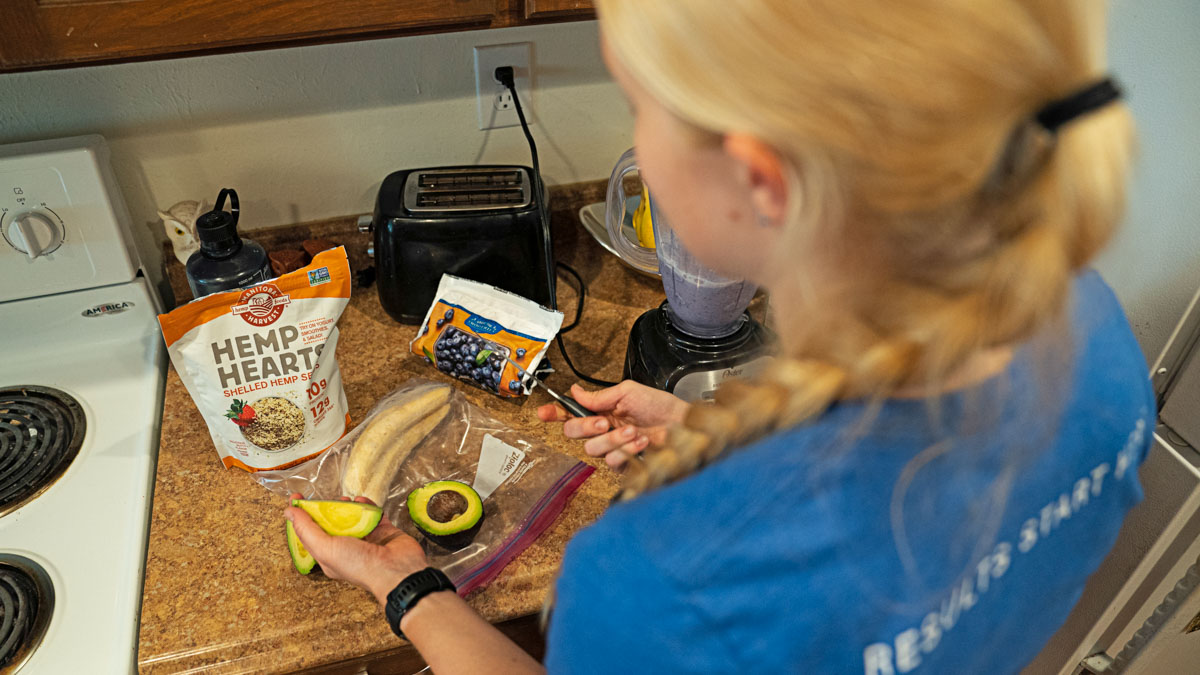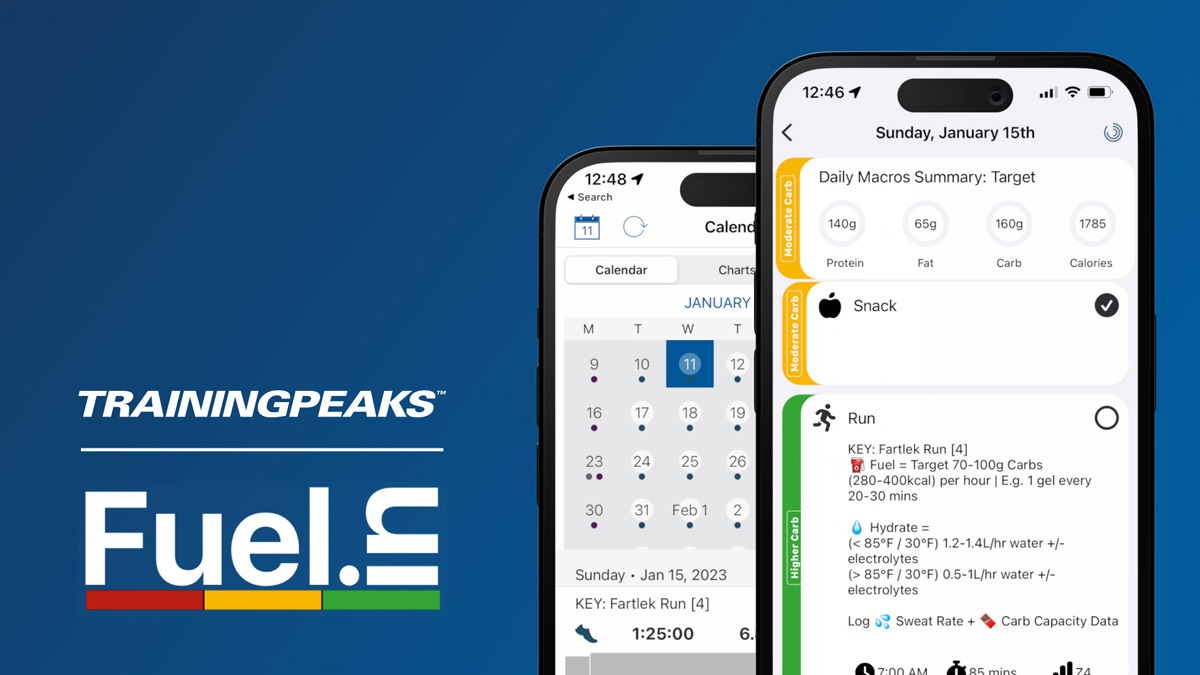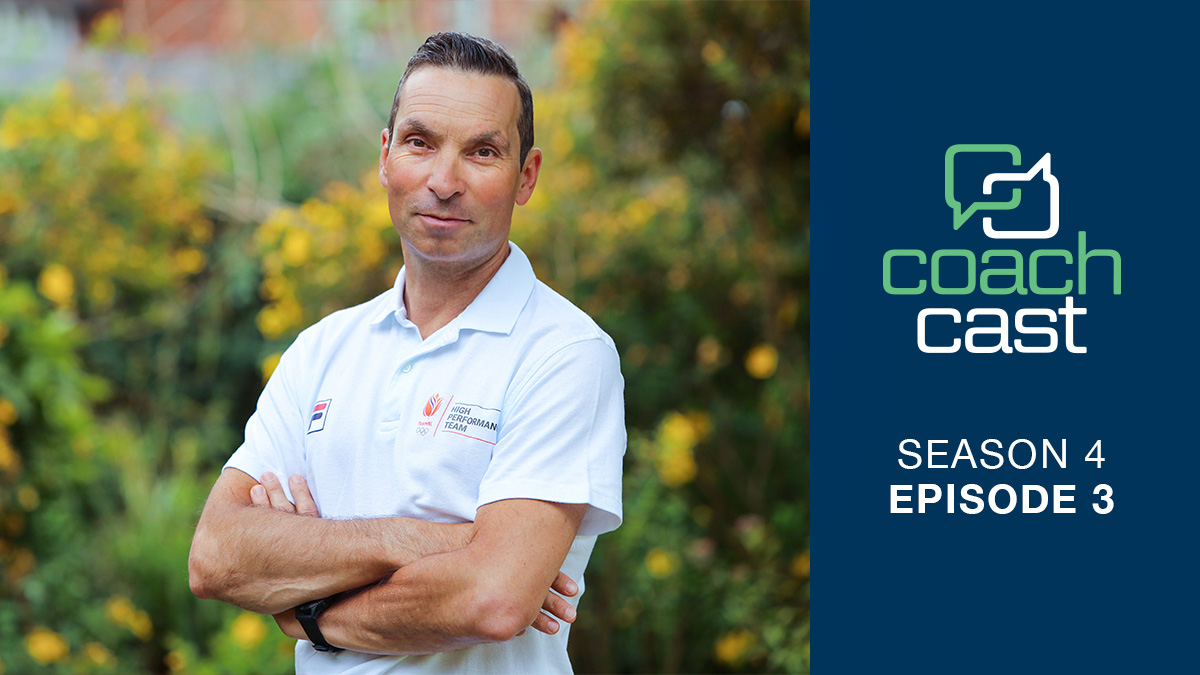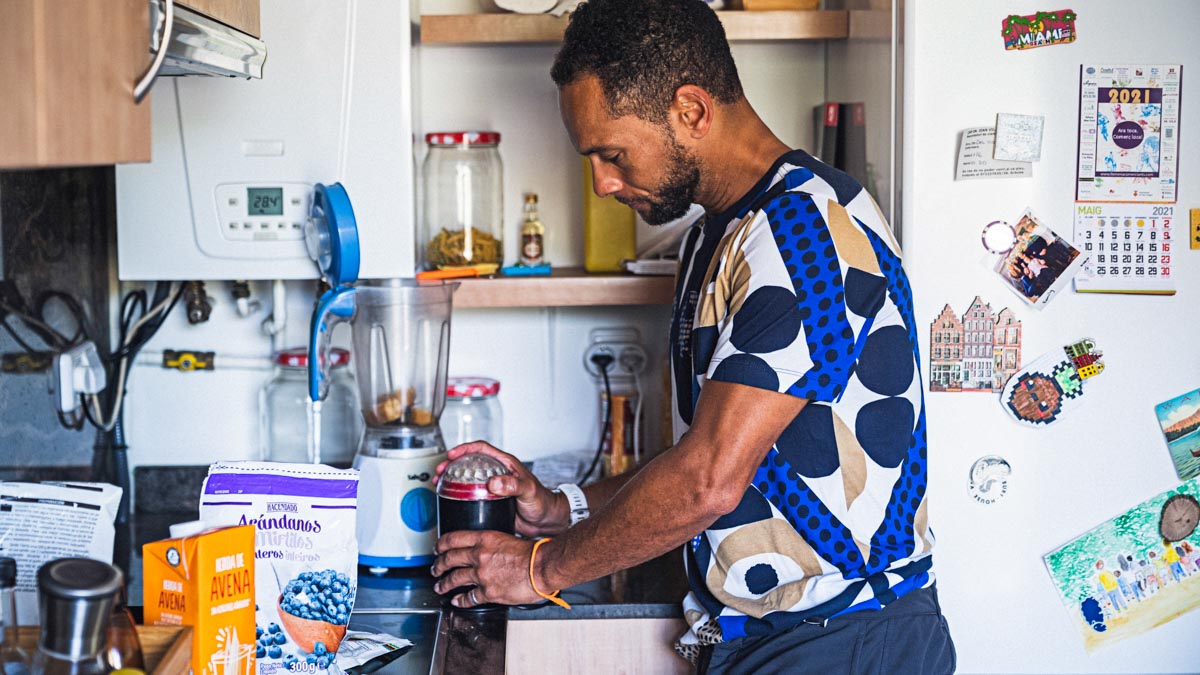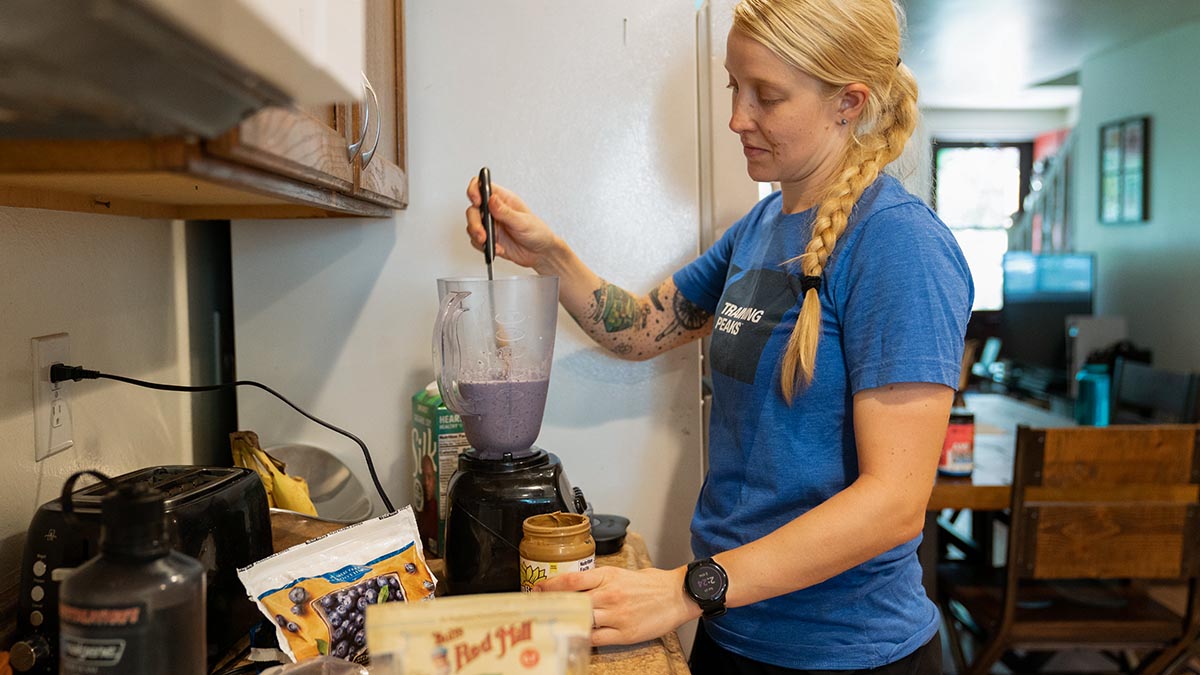Michael Jordan & Scottie Pippen, Tiger Woods & Steve Williams, Jerry Rice & Steve Young…some of the greatest partnerships of all time worked so well because of the support, trust, and collaboration they had with one another. Achieving victory is an all-hands-on-deck kind of job. Coaches and sports nutritionists/dieticians, when working together, can build better athletes.
After years in the sports nutrition field, I’ve determined that habit formation is the most important factor for success. In and outside of training, what they repeatedly do determines the level of athlete they will become. If they automatically fill up bottles with an electrolyte mix and sip at regular intervals, they’ll stay hydrated. If they routinely make a post-session meal with the appropriate carbs, fat and protein, they will recover faster and get stronger. As a coach, you have the daily access and influence needed to help foster real change in sports fueling and hydration habits. As famed author James Clear says, “Success is often a result of committing to the fundamentals over and over again.”
How does one get started if you feel overwhelmed at the prospect of not only programming training sessions but also intervening with what your athletes eat and drink? It’s as simple as teaching habit formation. In his book “Atomic Habits,” Clear offers a simple five-point plan for creating new habits: start with an incredibly small habit (protein at every meal), increase your habit in small ways (getting the right amount of protein at each meal), break habits into chunks (write out your daily meals, so you ensure you’re getting enough each time to meet your daily goal), when you slip, get back on track quickly (made poor food choices Saturday night – nail your meals Sunday), stick to a pace you can sustain (don’t overhaul your diet all at once, be patient with small changes each day).
There are things you, as a coach, can do daily to help support the work we do as nutritionists and dieticians.
8 Practical Ways to Make Nutrition a Priority for Your Athletes:
- Exposure fosters growth. Talk about nutrition just as you would heart rate zones and power output. When a coach speaks, athletes listen. As the leader, when you place a high value on something, your athletes will too. Ask them what they’re eating, ask how they refuel after long sessions and inquire about the supplements they are using. The more often these things come up in conversation, the more likely athletes will pay attention and want to prioritize proper nutritional habits.
- Work smarter, not harder. By using all the tools in your toolbox, you don’t have to be a one-woman/man show. If you aren’t an expert on reading blood labs, Inside Tracker will run a thorough blood panel and guide the athlete through deficiencies, setting performance goals and creating strategies to correct any deficiencies. High-quality supplement companies like Momentous and Skratch Labs will host webinars or post articles to help inform athletes on how/when to use their products. If you’re not already linked up with a sports nutritionist/dietician, reach out and build a relationship so you can call them in for help with specific athletes. At Fuelin, we’ve partnered with dozens of teams and coaches to host regular webinars, develop team fueling guides, and work in partnership with coaches and athletes.
- Make it social. Host a team roundtable or fireside chat. If you’re working with more than one athlete, I suggest getting everyone together on a monthly Zoom call (or in-person if possible for better communication) where they can discuss nutrition struggles and successes, share recipes or the meal prep hacks they’re using and bounce ideas off one another for how to eat on the bike or carry food on the run. It’s also a great time to invite a sports nutritionist or dietician to join in. The casual nature and team environment make it fun and comfortable, so athletes are more likely to ask questions and participate.
- Make it easy and habitual. The set yourself up for success mantra works every time. I like to focus on a three-item checklist: are you eating the right type and amount of food to support your training, do you have sufficient in-session fueling/hydration and are you consistently taking any supplements to address nutritional deficiencies that may be inhibiting performance gains? Remind them they need all three macronutrients, hydrate with electrolytes during every session and suggest a fridge and pantry overhaul to eliminate (or minimize) foods that don’t serve their performance goals. Suggest meal prepping to help make healthy eating efficient. These small decisions made every day can have a big impact down the road.
- Hold weekly progress check-ins. Keep following up until you’re confident your athletes have a solid nutritional strategy in place (a seven-day food log can be handy for spotting red flags and potential areas for improvement). Just as you review their past week’s training, open their diet up for discussion and analysis. There is a direct correlation between proper fueling and performance. If you can highlight sessions that went well versus sessions that didn’t and discuss how nutrition could have played a role, athletes will begin to put the pieces together and make connections on their own.
- Write “Race Fueling Practice” and “Hydration Testing” into the training plan. Make part of their ‘assignment’ tracking their food and drink intake on any longer brick sessions. Specifically, on race pace interval days and longer runs, these sessions can be a gold mine of information if you can harness it. Most athletes will do exactly as told…embracing the mantra, “If it’s written, I’ll do it.” Help them, help themselves, by mandating some race practice fueling and hydration sessions long before (12 weeks at least) their A race. Visual cues help remind you to start a behavior, display your progress and can have an additive effect on motivation. A training session is only marked as “complete” if they have not only done the physical work but also fueled and hydrated properly.
- Speak up if you have concerns. Unfortunately, the dark side of endurance sports creates the perfect atmosphere for disordered eating. The mantra of ‘thinner is faster’ has ruined the careers of far too many athletes. It’s an uncomfortable conversation, but you might be the only voice they trust. I can speak from experience about how a really remarkable coach pulled me from the pool one day at practice to say he was worried about my health. It was a message I needed to hear and a wake-up call that my triathlon dreams were slipping away. This can be a very sensitive topic but one we can’t shy away from.
- If you don’t know – say so. It’s OK, admirable even, to admit when something is out of your wheelhouse. Nutrition is such a complicated and ever-evolving topic that you can’t be expected to know everything about everything. The amount of misinformation out there is astounding (infuriating), and you could do more harm than good by speaking about something you only have surface-level knowledge about. What worked for you or one of your athletes in the past might not work for another one. Instead of guessing or relaying information you’ve heard along the way, bring in a professional or refer them to any number of nutrition articles on the TrainingPeaks blog. Working collaboratively with a sports nutritionist/dietician enhances the potential for success.
The cooperation and collaboration between coaches, athletes and dieticians can make a huge difference in season outcomes. Successfully modeling sound nutrition habits and encouraging frequent coach-athlete open communication sets the stage for improvements in all areas of sport. Building good habits is the brain’s way of becoming more efficient. Once good behaviors (habits) are formed, it’s relatively effortless to continue performing said behavior. In-session fueling, consuming enough daily calories to meet energy demands and prioritizing post-session recovery are the exact habits nutritionists want athletes to embrace. The goal is to build better athletes through training as well as nutrition.
Steven Pressfield said it best, “The difference between an amateur and a professional is in their habits. An amateur has amateur habits. A professional has professional habits.”
